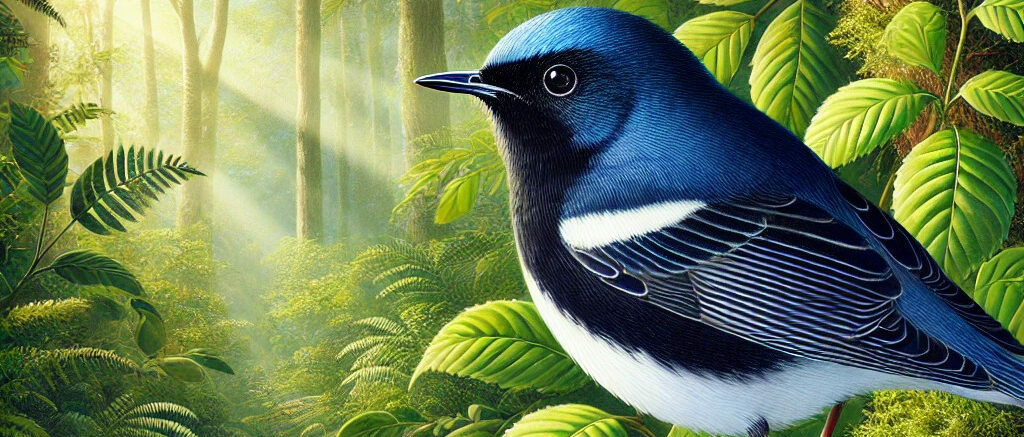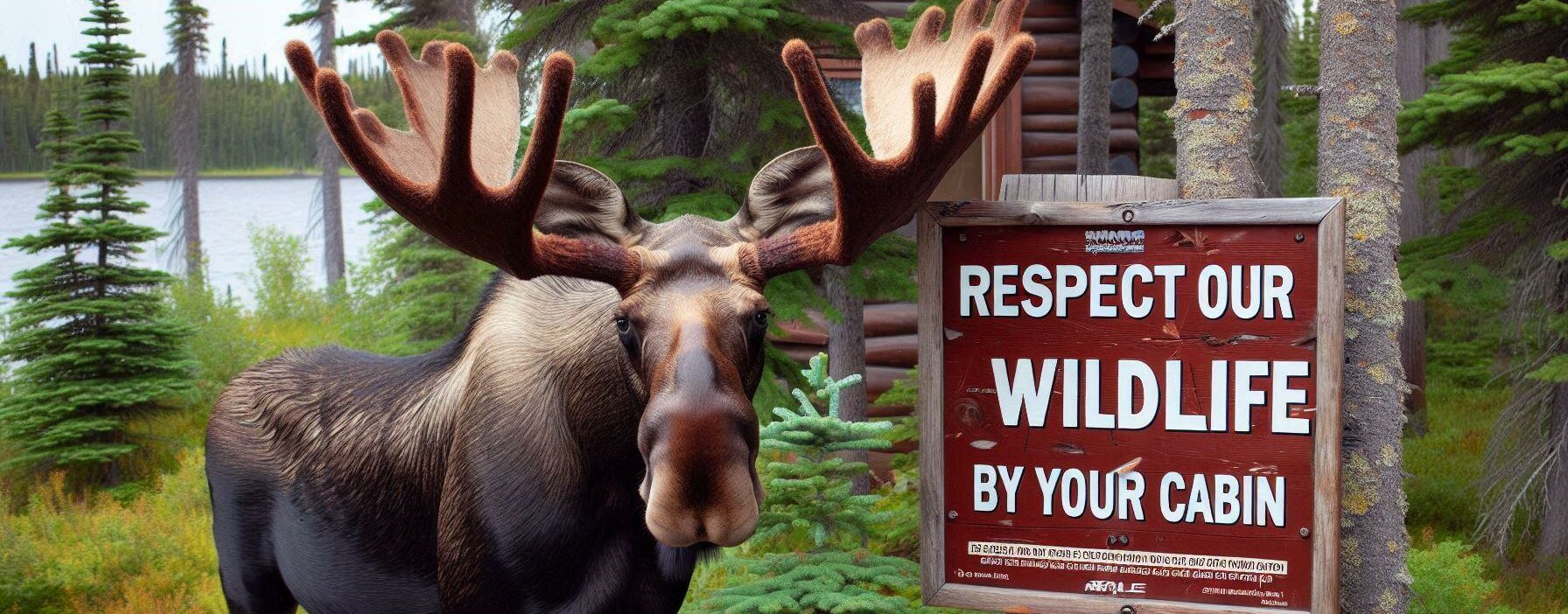The Black-Throated Blue Warbler stands out in the avian world with its striking visual appeal. Males flaunt a bold blue body contrasting with a stark black throat and white underparts, a combo that’s sure to catch your eye if you’re lucky enough to spot one. Female warblers swap the blue for a more muted olive hue, making them trickier to identify, but no less charming when you spot that distinctive white wing patch.
This bird gets its name pretty straightforwardly from the male’s eye-catching color pattern, which makes them one of the most recognizable warblers in North America. Their melodic song, a series of buzzy notes, also sets them apart in the bird chorus of the eastern forests.
Getting into the personality of the black-throated blue, these little ones carry on with a busy energy, always flitting through the undergrowth or up in the forest canopy as they hunt for insects. They’re pretty interesting too, being well-adapted to the vertical challenges of their forest homes.
Currently, these warblers maintain a stable population, but it’s always good to stay aware. Habitat loss in both breeding and wintering grounds poses a steady threat, reminding us of the importance of conservation efforts. Keeping their numbers steady involves continuous support of protected areas and awareness of these forest gems.
Habitat and Distribution
Feeling the breeze through the eastern hardwood forests, especially the likes of the Appalachian Mountains, Black-Throated Blue Warblers call these places home every breeding season. They hop between the layers of trees and undergrowth, taking full advantage of these lush environments.
As the seasons turn, these warblers embark on a grand journey southward to spend winter in the Caribbean, particularly in places like the Greater Antilles. It’s a bit like their annual vacation away from the chill of the north. Tracking this migration can be fascinating since they rely on several environmental cues to navigate and time their travel.
The human impact on their homes can’t be ignored, though. Logging and development are slicing up their forest habitats, while climate change stirs up uncertainties about their migratory routes. It’s a tough gig, for sure. Efforts to protect old-growth forests and manage land sustainably are key to keeping their habitat intact.
And here’s where you can make a difference! Supporting conservation groups working on preserving these forests ensures that the warblers have a place to return to. It’s a little way to keep the lyrical bird songs alive in our woodlands.
The Lifecycle of the Black-Throated Blue Warbler
These warblers have quite the life story packed into their tiny birdy existence. When spring is in full swing, the breeding season kicks off, and the males start a territory show-off, flaunting their vibrant plumage and singing their hearts out to attract a mate. The female then takes the reins, choosing a nesting spot usually tucked away in low shrubs where she weaves a cozy home for the eggs.
Diet plays a crucial role in their lifecycle, too. These birds are insectivores by nature, feasting on a menu of caterpillars, spiders, and other delectable bugs. When summer is at its peak, food is plentiful, aiding in feeding those hungry chicks ready to fledge the nest.
Courtship is quite the affair for these birds. With much flapping and fluttering, the males give it their best shot to win over the females. It’s like being front row at a mini avian dance-off! Ongoing pair bonds and cooperation in raising young ones become essential as they navigate through the breeding season.
Facing threats is just another day for the Black-Throated Blue Warbler. Predators, habitat changes, and fluctuating food supplies all require them to be adaptive and resilient. Resourceful little kids, they’ve evolved certain behaviors to dodge these challenges, like choosing safer nesting sites or altering foraging habits. Nature’s adaptability at its finest!
Observing Black-Throated Blue Warblers: Tips for Birdwatchers
If you’re looking to spot these striking songbirds, timing is everything. Peak spotting happens during migration in the spring and fall when they’re on the move between breeding and winter grounds. Check out dense forests in the eastern U.S., especially places with rich understory, where they love to flit around.

Identifying these warblers can be a bit of a treasure hunt. Catching a glimpse of the male’s bold blue and black outfit is a treat, while spotting the more camouflaged female challenges you to look for that distinct white wing patch. Their buzzing song is another giveaway, so keep your ears peeled.
Modern tools like birding apps or sites empower you to document your sightings and even contribute to citizen science projects. This not just hones your birdwatching skills, but supports larger efforts to track migratory trends and population health.
While out there, keeping ethical practices in mind ensures these feathery friends aren’t disturbed. Staying on marked trails, keeping a respectful distance, and using binoculars for a close-up ensures both warbler and watcher enjoy the experience.





